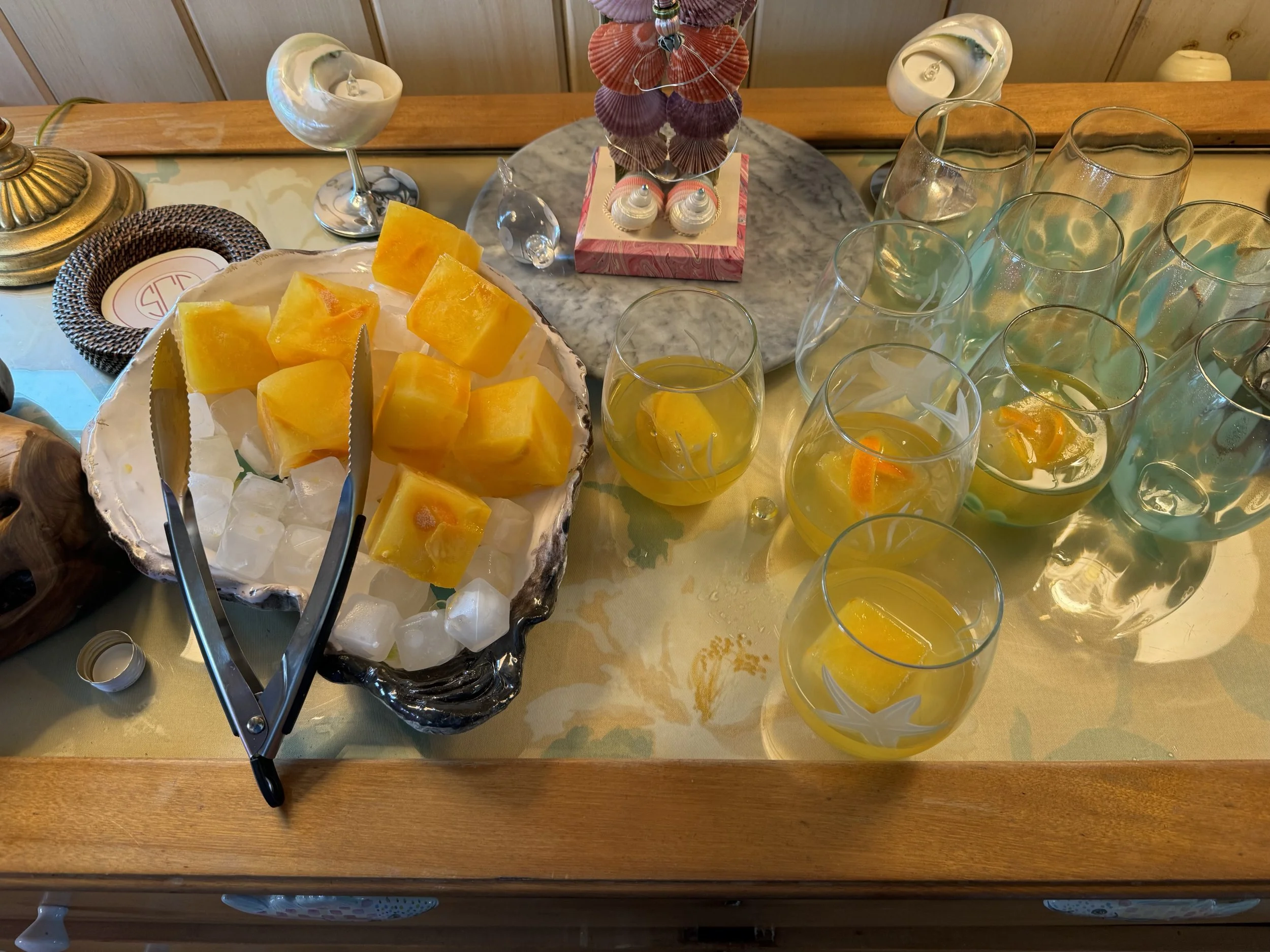(571) Spear
When the auction begins 1m – 1NT (both bids by the opponents), it is rare that we want to compete in a minor suit. Usually in these auctions the opponents have the minors, since Responder has denied a 4-card Major. (Even if we have a 5+card minor suit, it could still be best to pass and defend 1NT.) In these auctions, it is effective to play a system geared towards the Major suits where we are most likely to have a fit. Spear is an artificial system that uses all the bids at the 2-level to show different Major suit hands. This gives us more options for how to compete in the bidding. Let’s see how it works.





















